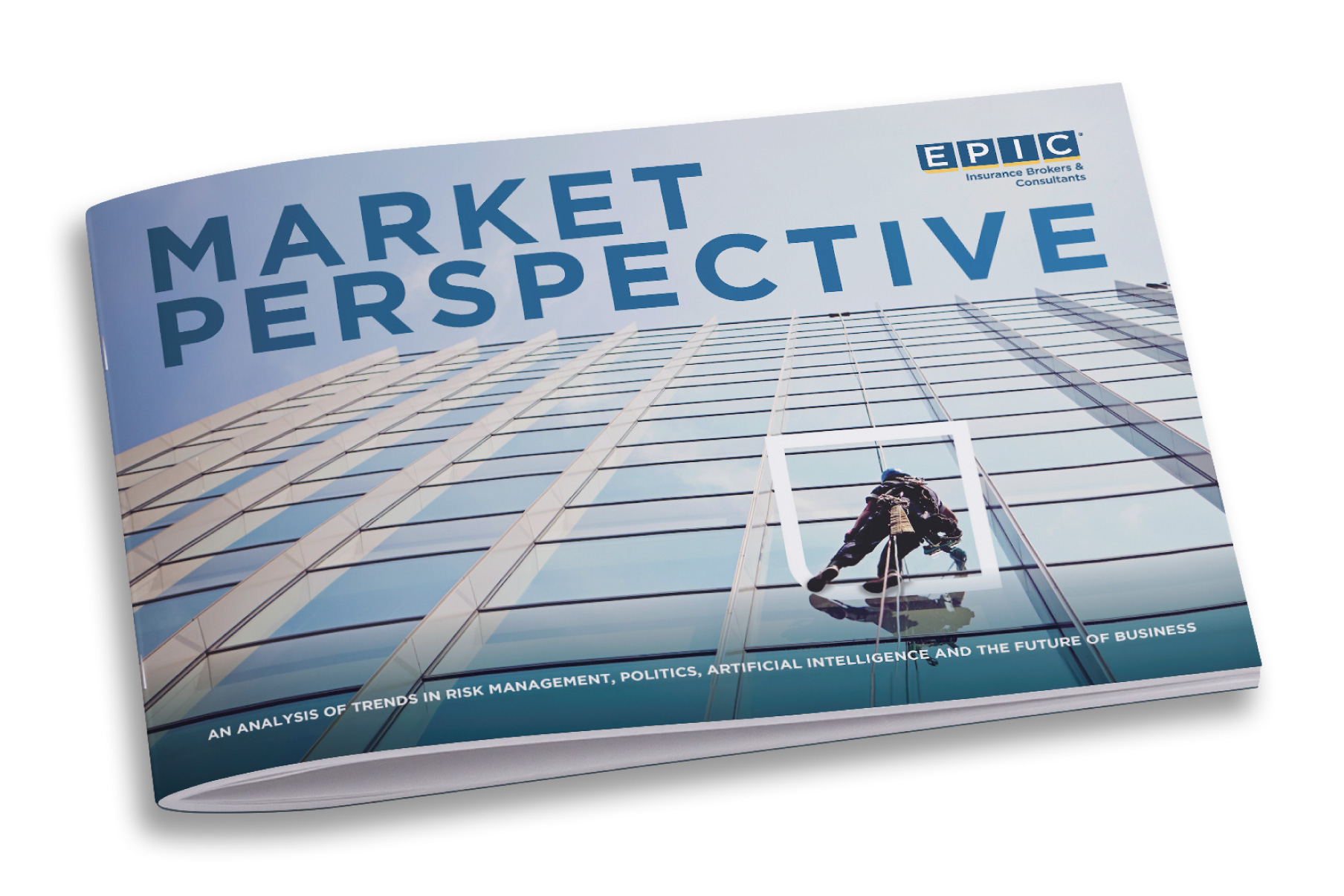An Analysis of Trends in Risk Management, Global Politics, A.I., and the Future of Business
Download the EPIC annual report and discover insights you’ll find nowhere else. Our analysis includes information on trends in AI, retail, global politics, climate and more, with links to hard data and quarterly reports.

Nuclear Verdicts and the Future
More jury verdicts are finding in favor of plaintiffs, tripling costs to insurers. What does this mean for your business?
Political Risks and Global Commerce
Global threats are putting democratic economies at risk. War, authoritarianism, extremism, how does this affect our future?
Preparing for Extreme Weather
In the coming years, over 90% of the world will experience floods, draughts, fires, and storms. What options exist to help?
ACCESS THE FULL REPORT
"*" indicates required fields